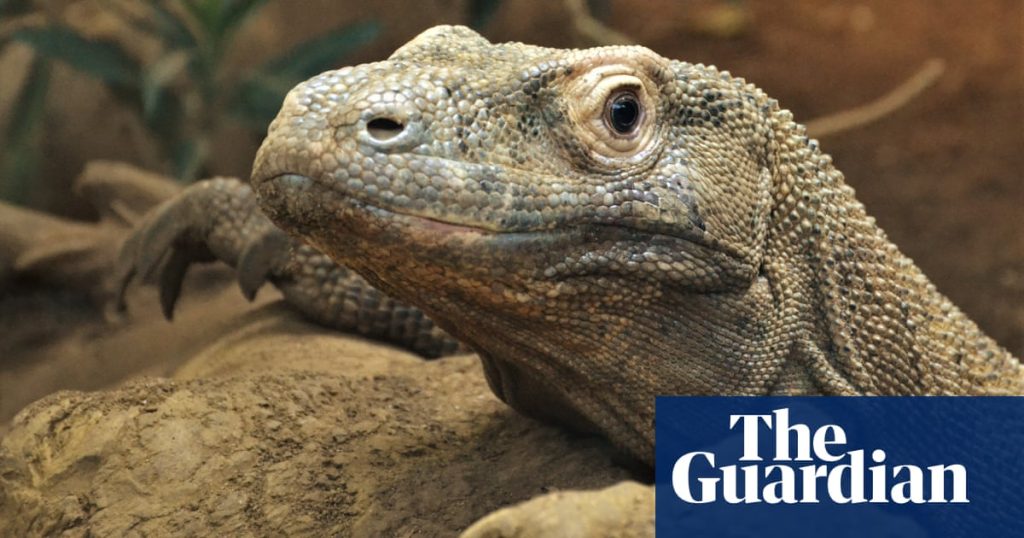The Komodo dragon seems like a creature of myth with its enormous size, venomous bite and the fantastical connotations of its name.
Now, their status has been further enhanced: Scientists have discovered that their teeth are covered with a layer of iron that helps keep their serrated edges razor sharp.
This is the first time such a coating has been observed in an animal, and the researchers describe it as “a surprising and previously overlooked predatory adaptation in the Komodo dragon.”
The coating was discovered when researchers noticed that the tips and serrated edges of Komodo dragon teeth were covered in a layer of orange pigment. Upon closer inspection, they found that the enamel contains concentrated iron, which makes the teeth very hard and resistant to wear, helping the dragons tear apart their prey.
Komodo dragons are the largest living lizards, growing to over three metres in length and weighing an average of 80 kilograms. They live on several Indonesian islands and feed on almost anything, from small birds to buffalo to other Komodo dragons.
Humans have also been killed by this lizard. In 2007, Child dies on Komodo Island A man picking fruit on the island was killed by two of the animals after being attacked by one of the animals. After falling from a treeIn 2010, another Indonesian worker Punching a Komodo dragon And then you are released from its jaws.
Indonesian authorities Considering a tourist ban The relocation to the island comes amid concerns that tourists are affecting the animals’ mating habits and that feeding them makes them docile. The species is endangered by habitat destruction and poaching, with an estimated wild population of just 3,500.
In the latest study, a team led by researchers from King’s College London used advanced imaging, as well as chemical and mechanical analytical techniques, to study the teeth of various Komodo dragon specimens, as well as other living and extinct reptiles, including monitor lizards, crocodiles, alligators and dinosaurs.
The iron coating was most prominent on the teeth of Komodo dragons, but other reptile teeth also had similar iron-rich coatings. “This seems to be a really overlooked feature of reptile teeth,” said Aaron LeBlanc, lecturer in dental biosciences at King’s College and lead author of the study.
The Komodo dragon’s curved, serrated teeth are similar in shape to those of carnivorous dinosaurs such as Tyrannosaurus rex. Natural Ecology and EvolutionLablanc and his team decided to use this similarity to learn more about how dinosaur teeth were used when they were alive.
While the researchers found a hardened iron coating on many of the teeth of modern reptiles, they found no evidence of it in dinosaur fossils. They believe the iron coating may still have been present in carnivorous dinosaurs. The lack of iron in the fossilized teeth of reptiles closely related to the Komodo dragon means that the iron may have simply been lost over time.
Owen Addison, professor of oral rehabilitation at King’s College and lead author of the study, said the findings could eventually lead to new dental techniques that could be used in humans. “We think there is an opportunity to utilise the structures discovered in this study to devise new strategies for regenerating enamel in humans,” he said.


